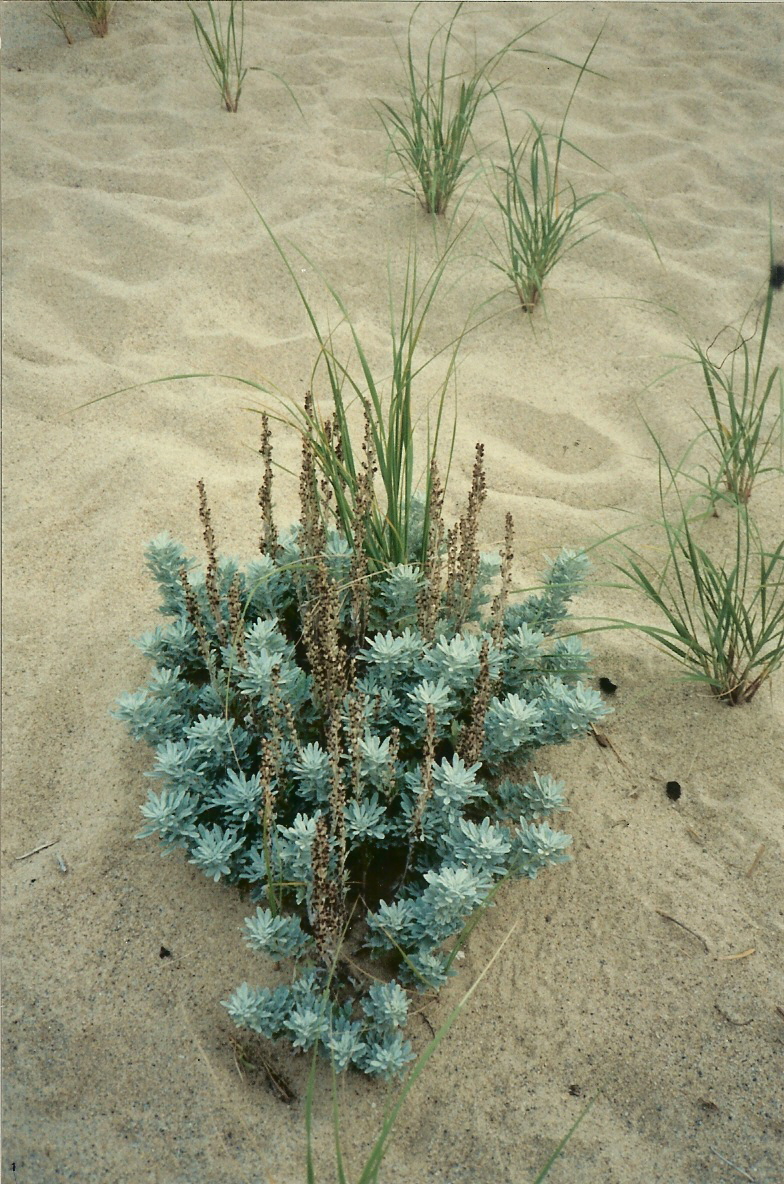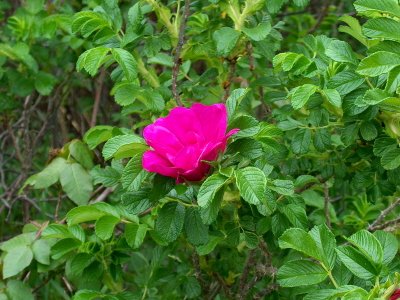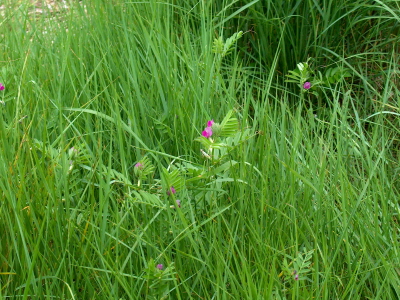Herbal Prep - On Essential Oils, what are they really?
I was going to wait and get into essential oils (EOs) later, but it has been on my mind since the topic of "food grade" EOs came up. So let's begin with the basics...

What are Essential Oils? - They are a condensed oil extracted from plant materials.
For example, the medicinal properties in 1 drop of EO might be the the equivalent of 20 - 30 cups of medicinal tea. (keep this in your mind as we go along in future posts)
It can take 225 Pounds of an herb, to create 1 fl oz of essential oil.

How are Essential Oils made? - By either distillation, or they are cold expressed...directly from the plant, with No other ingredients or they cannot BE 'essential' oils.
Now think on this...and I ask, HOW does one make an ESSENTIAL (meaning the base oil of a plant) oil, food grade, or non-food grade?
Right ...I call BS on the marketers of this 'Therapeutic Grade' for creating confusion on this issue. EOs are either 100% EO, or they are not. So, Read the labels, and research the brands. You ONLY want to be using 100% essential oils, and mixing in your own carriers if you are working with them at home. And PLEASE don't fall for the therapeutic EO farse and spend 4x as much on your oils.
Once a carrier is added, it becomes a Remedy, no longer an EO.
Once various EOs are blended, they also become either a remedy, or a preparation.
Once it is diluted and has sweeteners added, it becomes a flavoring, no longer an EO.
Do your research, there are plenty of good EO companies who do not add other substances into their oils...They don't have fancy websites with professionally designed marketing ploys though, so look for the simple places. Mountainroseherbs.com is usually very good with their quality, and there are many other older companies who have been making EOs since before we were all born.
But the bottom line here, is that there -->> IS NO SUCH THING <<-- as food grade, or therapeutic grade essential oils. I have been using oils for over 30 years and this is all new in the last 5 years. It is a money making marketing scheme, meant to discredit long standing EO companies and make these higher priced oils that are exactly the same oil, seem desirable.
Apparently it is working, as instead of 4 to 12.00 for a 1 oz bottle, people are willingly paying 20 to 50.00 for a 1/4 oz or 1/2 oz of the same thing with a pretty label.
SO I will say one last time, it either IS AN EO, or it is not...
We do always need to be aware of the actions and constituents of each plant, and be mindful of how they are used, which are poisonous, which are not...but that is another discussion entirely.
Okay, rant over :)

Update I was just looking on Mountain Rose Herbs...and even they are now using the word therapeutic, not in their titles, but in some parts of the description...I am sure to dispel the myth. If they do not, the confusion will continue.
They correctly mark their perfume oils 40/42, which is how it has always been.
This is a {Steemit Original} All words and photos by Elew
To read my other Medicinal Herb posts...
https://steemit.com/tea/@elew/teas-oils-ointments-and-balms
https://steemit.com/tea/@elew/medicinal-tea-vs-commercial-tea
https://steemit.com/tea/@elew/herbal-prep-infusion-and-decoction
https://steemit.com/prepper/@elew/herbal-prep-oil-infusion
I am just now learning more about all these things, thank you for this information and I look forward to more
Stay tuned then, and watch the comments...because there are many others here who use oils and herbs who comment. Then you can follow a wide range of uses from medicinal to soap making :)
THANK YOU! So many people get caught up in the hype of 'therapeutic grade' they end up spending way more money than they have to. As you said, find a reputable company and you will be all set. The term therapeutic grade is nothing more than a marketing scheme. Following to catch more great content like this - resteemed too.
Yes, exactly. I will try and put together some source lists of the companies I have used for many years (some my grandmother used before me even)...so then people have a starting point, and can explore and try them if they would like to.
This is wonderful and very helpful information! I am looking forward to more such posts as I use oils a lot but have had so many questions on therapeutic. I have always been a NOW foods girl but tried a certain expensive "therapeutic" set of oils but found no difference in the strength of them. I have considered trying Mountain Rose oils, I love that place and have bought some of my herbs from them.
Hi Rain :) I use some NOW oils too, they are pretty nice and a great price. I like the quality of mountainrose oils better on some, because they use more specific plants. Like German Chamomile, and French Lavender...but that is all personal preference, you know. If you do try MR oils, let me know how you like them, I love to hear other 's experiences...
LOL Did I poke the bear ;-)
Thank You for posting this and you bet I am sharing....
I am happy to stay with my herbals...
Haha, yep :) Poking is a good thing <3
LOL I am so loving the removing of borders in this new medium ;-)
It's sad when the greed for money taints even something as selling essential oil. In any case, very interesting. Looking forward for more :)
It is, but I am hoping people begin to see through it...
This post has received a 2.36 % upvote from @booster thanks to: @elew.
I think that companies are using this way of marketing to make it understood that they do not add any additional ingredients. Like with Young Living, they are also very particular about the land their plants are grown in, the variety of plants, the time of harvest, the quality of those plants, the quickness to distill those plants (YL does them on site) as the longer the plant has been cut but not distilled, the quality of the oils decreases as they are volatile. There are so many factors to this. Believe it or not...a lot of oils out there are marketed as 100% essential oils when in fact they have been watered down, some add other cheaper oils to them to save on money, and much more including toxins. There is a difference. I don't come on here to be disrespectful, just telling you what I have learned through the book Chemistry of Essential Oils Made Simple and through other resources.
Take Lavender for instance: More Lavender is sold than actually harvested. How is that possible? Because some companies market their product as Lavender when it is actually Levandin. While Lavender is good for things like burns...Levandin is not...it will actually intensify burns.
Like Young Living, I have seen them discard entire batches because they test every batch both in house and through outside labs to ensure they are putting out quality oils. When even one of their tests shows that their oil is not up to their high standards they will not bottle those oils. Sadly, many of these other companies will buy this product off of YL and sell them as 100% therapeutic grade even though they have contaminants in them.
I know there are some places that do this, but the older companies, and Mountainrose in particular have the same high standards...
Most of the companies that claim therapeutic really raise the price up, when you can get the same quality oils at a much lower price from companies who have been around for far longer.
They also grow their own herbs, or import from people who do (not all herbs will grow in the same regions of the world of course)...and know when to pick and how to process them. They are the ones who wrote the book on it.
I would like the source on who counted how much lavender is harvested vs sold. But this is why we use botanical names. Home growers might not know the difference, but herbal companies do. Buy oils by botanical name and one does not encounter this issue.
People need to know their herbs, and learn the botanical names to avoid choosing the wrong herb...
They are all Lavender, and should be labeled as such. However, it is up to the practitioner to learn the botanical names and uses of each. It is not the company's fault if one does not do their research and buys the wrong Lavender for the job at hand.
Oils diluted for perfumes or soaps should be marked 40/42, and all reputable companies know this and mark accordingly.
But no matter how we turn it...the bottom line is that it either IS an essential oil, or it is Not.
Each person chooses herbs for their own reasons, but myself, I infuse a mix of 30% Vitamin E oil, 70% Almond Oil...with Red Clover flowers (high vitamin B) and Rose Hips (high vitamin C)...and add a bit of aloe gel after infusion if the patient has no latex allergies...for a burn treatment. It can be diluted in a 50/50 mix with apple cider vinegar for a sunburn spray as well.